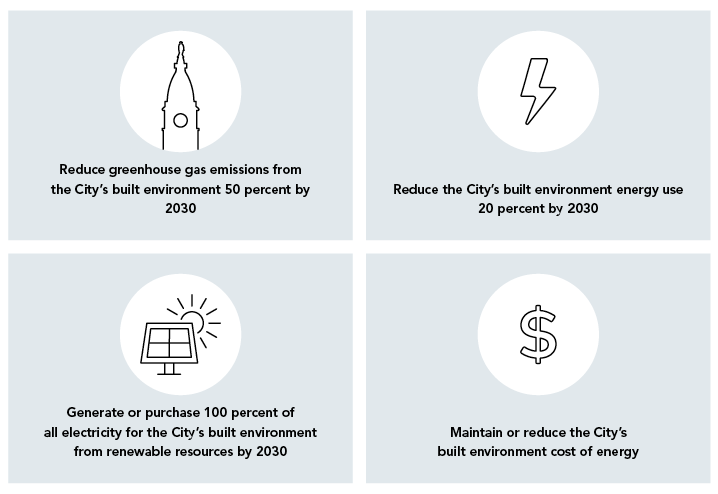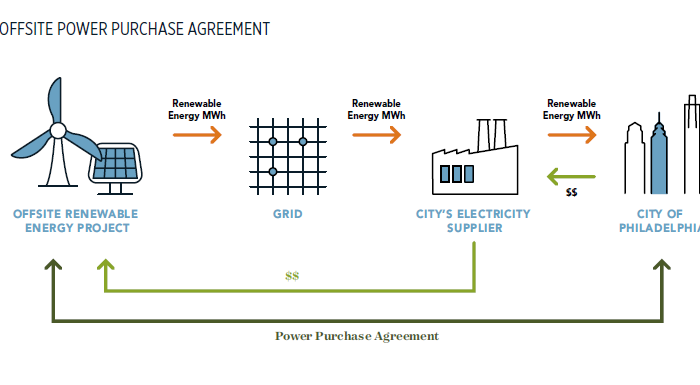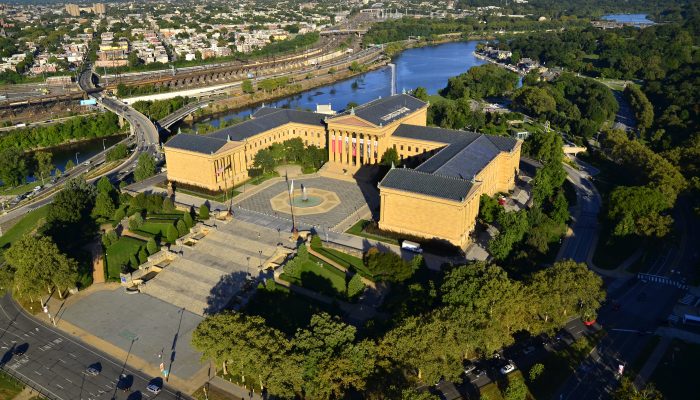Today, Mayor Kenney announced the City’s first Municipal Energy Master Plan for the Built Environment. Joined by Council President Clarke and officials from the Philadelphia Museum of Art, the Mayor also announced new programs to reduce energy use and clean the City’s energy supply.
The report provides a roadmap of how Philadelphia’s government will work toward reducing the causes of climate change in its facilities by reducing energy use and costs, making operations more efficient, investing in renewable energy and advancing environmental stewardship. This focus is in line with commitments Mayor Kenney has made to meet the goals of the Paris Climate Accord and to transition towards 100% renewable energy.
“If we are to ask residents and the business community to do their part in fighting climate change, the City must lead by example,” said Mayor Kenney. “That’s why we are starting with this – a comprehensive blueprint to better manage our own assets to reduce energy use and greenhouse gas emissions in line with our commitments.”
The plan sets four new goals to help meet the City’s Greenworks energy and climate visions:

To reach these goals, the plan establishes two strategies: lower energy use and clean the energy supply.
Lower Energy Use
The Office of Sustainability (OOS) and the Energy Office are already implementing the strategies set out in the plan. To lower municipal energy use, a major energy efficiency retrofit is underway at the Philadelphia Art Museum. As the largest energy consumer of the City’s 600 buildings, the museum represents a unique opportunity to save energy, and invest in infrastructure, while also improving comfort and the visitor experience. Energy conservation measures- such as lighting upgrades and building controls- will be included in the Museum’s nearly $200 million core project. This project will continue the Mayor’s commitments to increasing diversity in construction by ensuring the project work is completed with a diverse workforce and subcontracted to disadvantaged businesses. The savings from the energy improvements will cover the cost of the project, which is expected to cost over $9 million.
Clean Energy Supply
Along with the Philadelphia Energy Authority, the Energy Office is releasing an RFP for a renewable energy power purchase agreement. Through this process, the City will look to make a long-term commitment to purchase renewable energy from a large utility-scale wind, solar or other renewable energy projects in the region, the first time the City has tried to make this type of commitment.

As projects and programs are implemented, the Office of Sustainability is committed to regularly updating the public on progress and next steps. Additionally, later this year, the City will release a broader citywide energy vision focused on energy strategies and goals for the entire city of Philadelphia.

